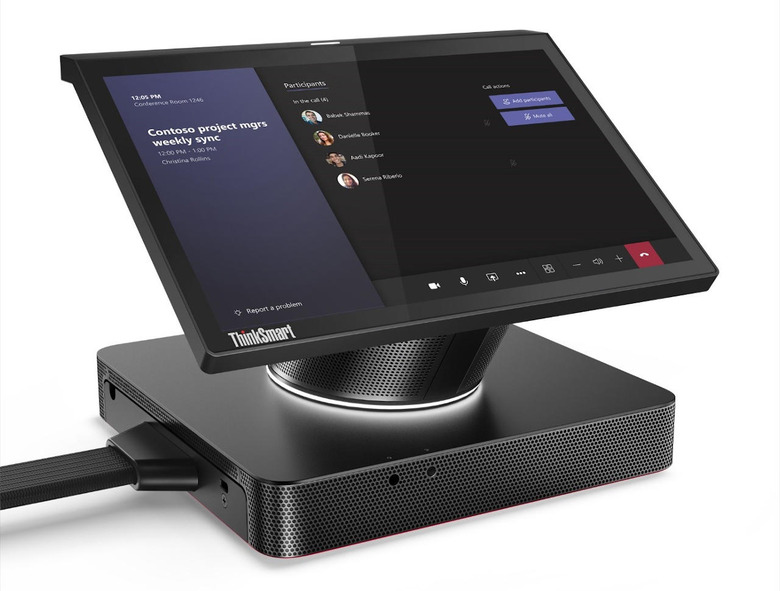Lenovo ThinkSmart Hub envisions a hybrid workplace future
We may receive a commission on purchases made from links.
It may have sounded temporary at first but the COVID-19 pandemic is slowly changing work as we know it. It will be quite a while before we get back to "normal" but, even then, the workplace may already be a much different place than before. Trying to prepare for that future, Lenovo is pushing its new ThinkSmart Hub that promises to get your office ready for hybrid working arrangement, which practically means a lot of video conferencing.
Remove all the fancy marketing verbiage and the ThinkSmart Hub is pretty much the quintessential dedicated video conferencing device that OEMs are now trying to sell. The goal of such single-purpose appliances is to make video calls as simple as making phone calls, no mucking around with operating systems or getting distracted by apps. In a future where offices become meeting and business centers, Lenovo envisions its ThinkSmart Hubs become the, well, hub of such meetings.
The new ThinkSmart Hub takes after the current 500 model and shrinks its down based on customer feedback. With a reduced 10.1-inch Full HD 360-degree rotating touch screen, the hub is advertised to be 20% more compact than its predecessor. A One Cable I/O removes the mess of wires by combining power, Ethernet, USB, and display connections in a single cord.

That's not to say the device is proportionally less powerful, too. Running on an Intel Core i5 processor with vPro capabilities, the ThinkSmart Hub offers Microsoft Teams as the core collaboration experience. Lenovo makes no mention of a Zoom option, unlike on its predecessor, the ThinkSmart Hub 500.
The new Lenovo ThinkSmart Hub, which hasn't been given a formal model number yet, will go on sale next month. This is just the latest in a new generation of devices design for the sole purpose of running video conferencing software, from Zoom to Microsoft Teams to Google Meet and even Facebook Workplace. It will hardly be the last either, especially as more and more offices start to accept the reality that work may never be the same again, at least not for a long while.
